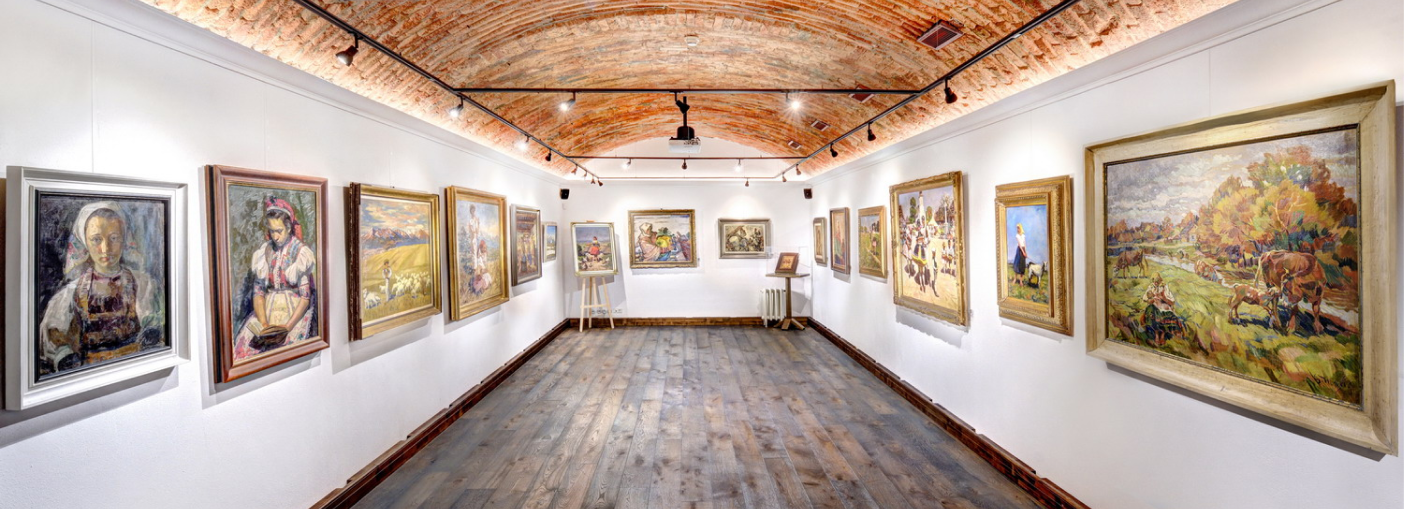
Charles Johann Palmié was born in 1863 in Aschersleben and died in 1911 in Munich. He is regarded as a German luminizing landscapist and still life painter. After graduating as a decorative painter, he studied at the Academy of Fine Arts in Dresden. In 1883 he painted a series of paintings for the Leonhardi Museum in Dresden. In 1884 he left Dresden for Munich, where he studied in special landscape class of the Academy of Fine Arts of the professor August Fink. In 1886, he married Marie Kaperer, a sought-after painter of flower-themed still life paintings. In 1896, at the International Art Exhibition in Berlin, he received the gold medal for landscaping contribution. Palmié was one of the founding members of the Society of New Munich Artists, however, due to differences in opinions and taste, he left the group in 1909. In the work of Charles Palmié, the Munich luminism found its culmination. Palmié was exceptionally abled in subtle work with light and its reflections, which modify and bend the character of colours. This is a specifically German adaptation of the achievements of the Barbizon school and French impressionism. With the hindsight, we can see that these paintings represent the zeitgeist of the era even better today than it may have been perceived at the time of their creation. They radiate the spirit of the fin-de-siecle, melancholy, and even anxiety about the future. At the same time, Palmié has sufficient dose of romanticising sentiment leaning on a leading-quality artistic craftsmanship. Source: Lexikon der Kunst, V., München 1988 Art Identification and Guide Price, MEYER 1996 – 2006 ARTcyclopedia. Com
